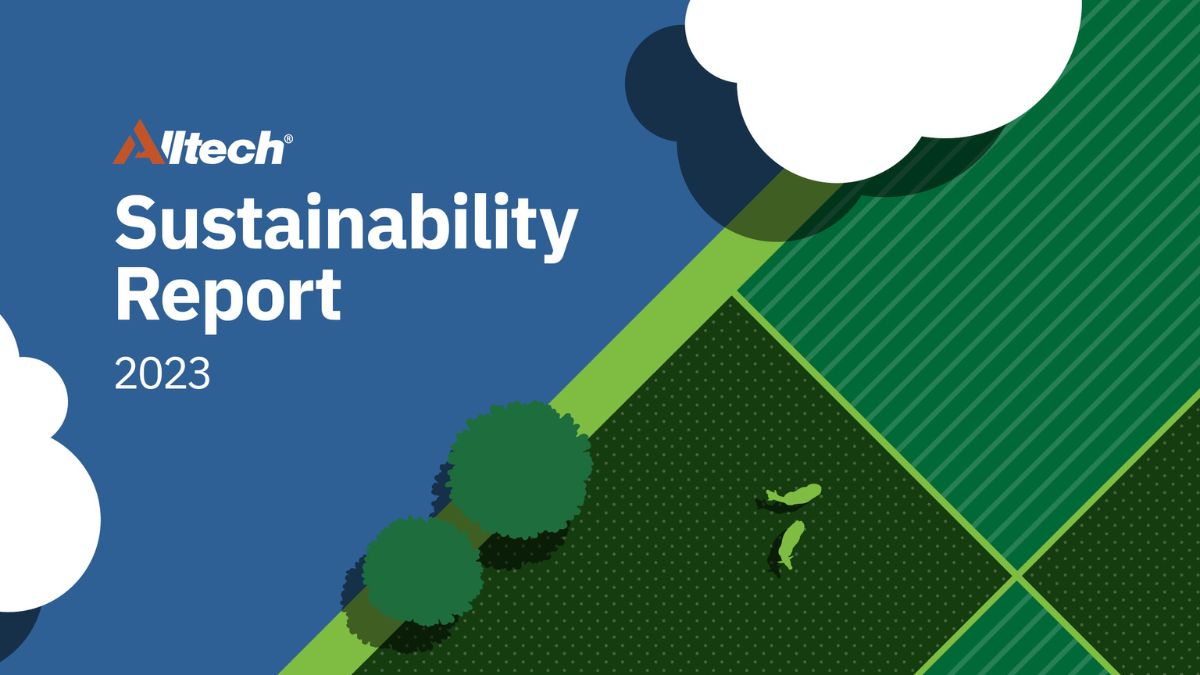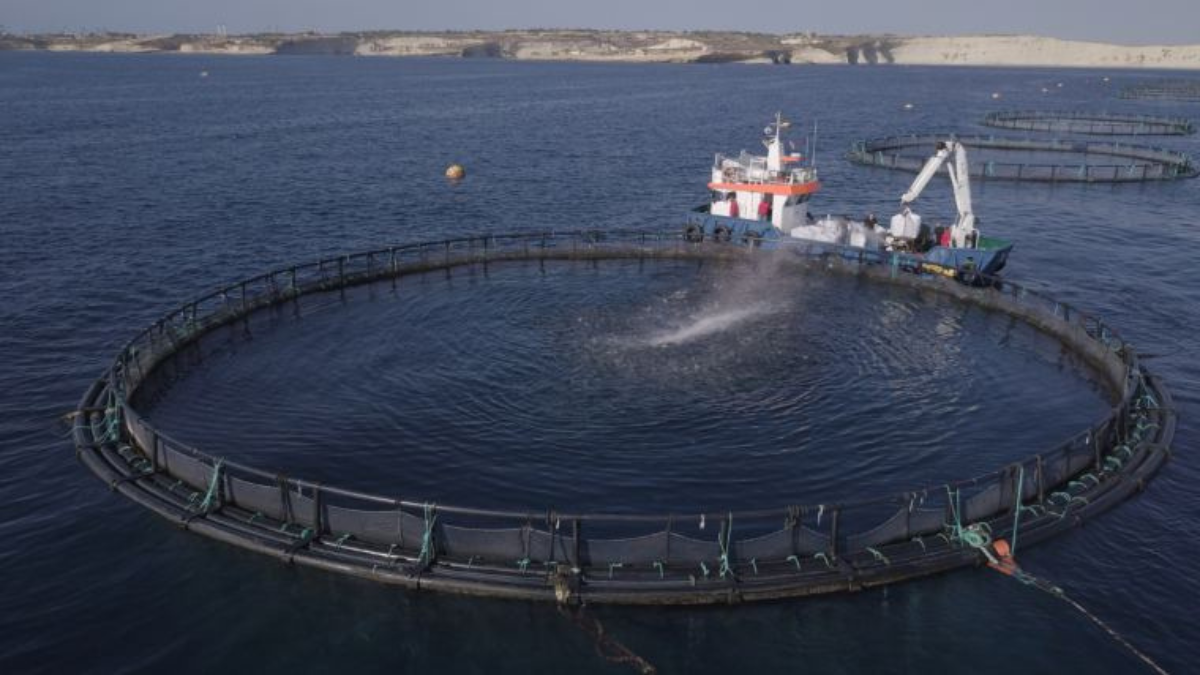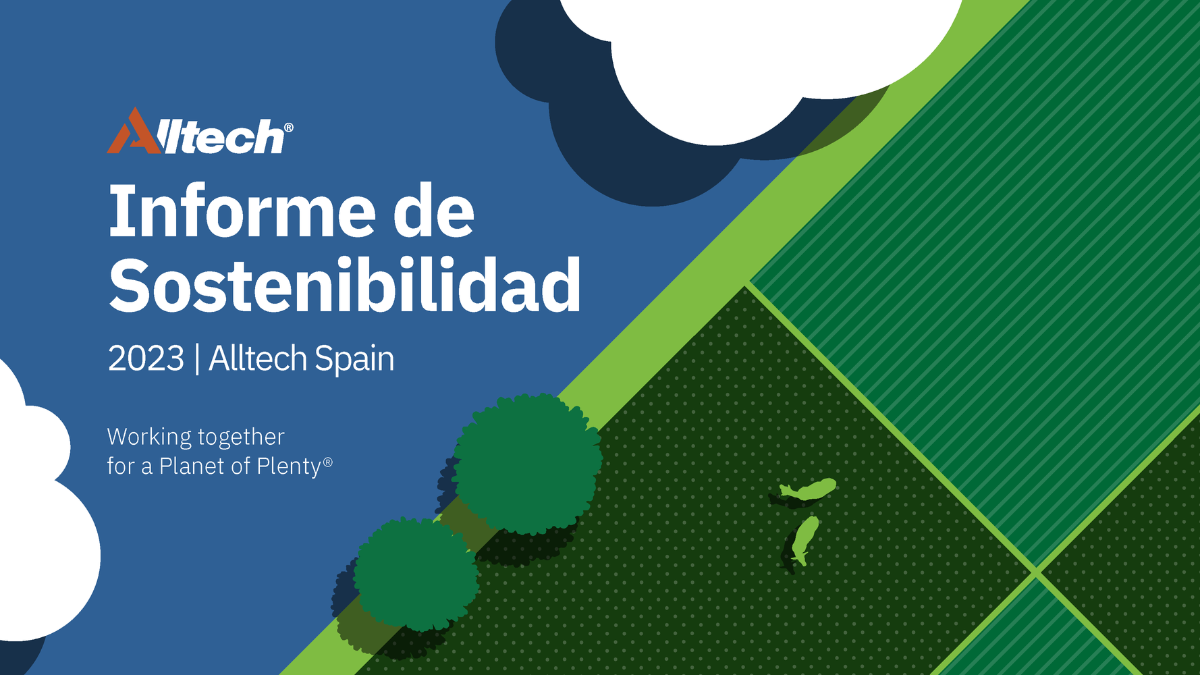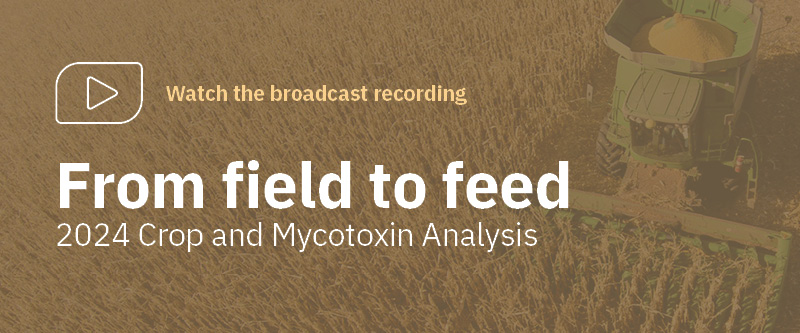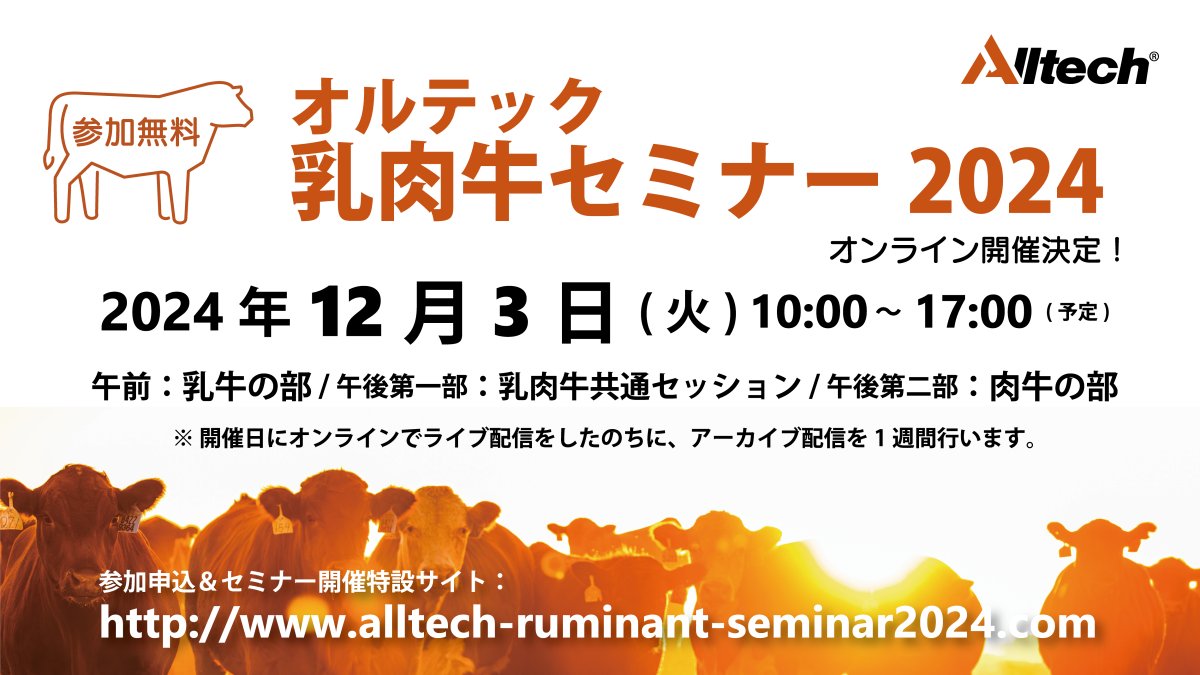In aquaculture, maintaining proper fish health is crucial to avoid incurring significant economic losses. While gut health often takes center stage, the skin and gills are also critical first lines of defense. This blog explores the potential of functional feed materials — particularly the refined form of mannan oligosaccharides, the mannan-rich fraction (MRF) — to enhance those defenses. Discover the science behind these innovations and their practical benefits for a more sustainable aquaculture industry.
Prebiotics
Prebiotics are generally included in aquafeed formulations as functional feed materials to help support normal immune functions and enhance nutrient absorption, digestion and, ultimately, the animal’s performance. Gibson and Roberfroid (1995) defined a prebiotic as “an indigestible fiber that can enhance the growth and activity of health-promoting bacteria in the intestine and beneficially affect the host.” Along with their ability to effectively outcompete pathogenic bacteria and discourage adhesion, these health-promoting bacteria can also ferment prebiotic substrates, resulting in the production of short-chain fatty acids, which helps boost intestinal functions by increasing mucus and also affects the immune response (Fatima and Mansell, 2019).
From the gut to skin and gill health
While much research has focused on the effects of prebiotics on fish gut health, other mucosal surfaces — such as the skin and gills — are often overlooked. Nevertheless, skin and gills also act as a critical first line of defense for a fish’s overall health, as these large surface areas are exposed to the aquatic environment and, therefore, serve as primary targets for pathogen attachment and invasion in finfish. The mucus layer covering the epidermal and gill epithelial surfaces is not just a physical barrier; it contains potent immunologically active molecules, underlying mucosa-associated lymphoid tissue elements and microbiota, which facilitate the development and homeostasis of the host fish’s immunity (Cabillon and Lazado, 2019). However, under stressful fish farming conditions (e.g., high stocking densities, fluctuating temperatures in open systems due to climate change), a disruption of the symbiotic host-microbiome relationship can lead to significant changes in the microbiota structure — which favors the growth of opportunistic pathogens (Debnath et al., 2023).
Pathogenic challenges
Disease outbreaks in aquaculture stem from complex interactions between fish hosts, farming conditions and pathogens (Figure 1; adapted from Moreira et al., 2021). These outbreaks can lead to welfare challenges for animals and financial losses for producers. Bacterial and parasitic agents cause severe, unpredictable and difficult-to-treat infections on the skin and gill surfaces. For example, the parasitic copepod Lepeophtheirus salmonis, which is responsible for sea lice infestations in salmon farms that cause skin wounds and secondary infections, significantly impacted revenues and led to financial losses estimated at US$436 million for the Norwegian industry in 2011 (Abolofia et al., 2017). As aquaculture evolves, sustainable disease management strategies will be required to protect animal welfare, health, the environment and the producer’s profitability (Lieke et al., 2020)
 Figure 1. The main factors influencing the interactions between pathogens, hosts and the farming environment in fish disease outbreaks.
Figure 1. The main factors influencing the interactions between pathogens, hosts and the farming environment in fish disease outbreaks.
Mannan-rich fraction (MRF)
According to Bondad‐Reantaso et al. (2023), since the European ban on subtherapeutic antibiotics in animals, including fish, mannan oligosaccharides have become a primary alternative strategy for disease management in aquaculture. Mannan-rich fraction (MRF), the refined version of mannan oligosaccharides is characterized by α-(1,2)- and α-(1,3)-D-mannose branches connected to extended α-(1,6)-D-mannose chains (Hu et al., 2024). Alltech’s MRF is derived from the cell wall of a select strain of Saccharomyces cerevisiae, and is among the most-studied functional feed materials in farmed animals (Spring et al., 2015). Research findings support MRF’s protective role against various health challenges in skin and gills across different fish species, including salmonids (salmon and trout), freshwater species (catfish and tilapia), marine species (greater amberjack) and ornamental fish (goldfish). Some of those key findings are summarized in Table 1.
Protective roles
Feeding trials without pathogenic challenges have already shown the potential of MRF to support normal functions of the mucosal immune barrier. In a study of rainbow trout, skin mucus production increased after 12 weeks of feeding MRF (Rodriguez-Estrada et al., 2013), and in studies in goldfish (Huang et al., 2022; Liu et al., 2024), longer gill lamellae, greater thickness of the dermal dense layer of skin, the number of mucous cells in the tissues of skin and gills, and an upregulated expression of genes related to Mucin-2, mannose receptors, phagocytosis and inflammation were noted after 60 days of feeding MRF.
The results of other trials across different fish host species have confirmed the activation of the necessary mechanisms that support normal functioning of the mucosal immune barriers, discourage the adhesion of pathogenic bacteria and impact the immunological responses of the challenged fish fed with MRF. For instance, the dietary supplementation of MRF in the diets of Atlantic salmon (Dimitroglou et al., 2011) was associated with a reduced total number of the parasitic copepods Lepeophtheirus salmonis and Caligus elongatus attached to the epidermis — which was also reflected in the reduced number of fish infected by sea lice (Figure 2A). In grass carp, supplementation with MRF helped alleviate the skin damage (Figure 2D) caused by the bacterium Aeromonas hydrophila (Lu et al., 2021). A similar observation was noted for greater amberjack challenged by the monogenean flatworm parasite Neobenedenia girellae (Fernández-Montero et al., 2019), which experienced a significantly reduced number of parasites per fish surface and a decreased total length for the parasites associated with feeding MRF (Figure 2B). In goldfish challenged by the parasitic protozoa Ichthyophthirius multifiliis — which causes white spot disease, also known as ich — another research group demonstrated a significantly lower number of white spots and a diminished infection rate after feeding diets that included MRF (Huang et al., 2022; Figure 2C).
The protective influence of MRF has been evaluated not only through demonstrations of lower parasitic counts and clinical symptoms on skin and gill surfaces but also by increased resilience in infected fish. Several studies have reported significantly higher cumulative survival rates — including in rainbow trout fed MRF and challenged by Aeromonas salmonicida (Rodriguez-Estrada et al., 2013), in channel catfish fingerlings fed MRF and challenged by Flavobacterium columnare (Zhao et al., 2015) and in goldfish fed MRF and challenged by ich (Huang et al., 2022). These studies attributed this protection to the positive impact of MRF, which is correlated with the altered expression of inflammatory cytokines and immunoactive substances (e.g., lysozyme and alkaline phosphate activities) that favor resolution and repair processes.

Figure 2. MRF studies in different fish species. A) Salmon: A reduced number of sea lice and number of infected fish (Dimitroglou et al., 2011). B) Greater amberjack: A reduced number of parasites and parasite length (Fernández-Montero et al., 2019). C) Goldfish: Reduced white spot counts, infection rates and mortality (Huang et al., 2022). D) Grass carp: Reduced red-skin morbidity (Lu et al., 2021).
To further increase our understanding of the mode of action of MRF, research was recently conducted in goldfish using ich as a model health challenge (Liu et al., 2024). New insights from the transcriptome data from the study of Liu et al. (2024) suggests that MRF bind to the mannose receptors in fish macrophages, stimulating their phagocytic function, promoting non-specific immunity, and alleviating parasitic infections through the MRF immunomodulatory role.
Conclusion
Diseases cause significant losses to aquaculture operations. As such, investing in control and mitigation techniques is essential for a farm’s economic sustainability — especially considering the unknown impacts of climate change on infectious agents. As the research has shown, natural dietary tools such as MRF technology are cost-effective solutions that can help nutritionists formulate diets that boost physical mucous barriers, discourage the adhesion of pathogenic bacteria and support normal immune responses. This extensive research demonstrates the holistic protection of MRF beyond gut health, highlighting additional protective effects on the skin and gill surfaces across various species.
Table 1. Summary of studies in various fish species that investigated the potential role of MRF in protecting skin and gill health during common health challenges in aquaculture.

About the author:

Dr. Vivi Koletsi is a global technical support specialist within Alltech’s Technology Group. She collaborates with the company’s global Aqua team regarding all technologies on the aquatic species side.
Dr. Koletsi, a native of Ioannina, Greece, first became interested in aquaculture while completing her undergraduate studies in biology at the Aristotle University of Thessaloniki. She began focusing on fish nutrition in earnest while pursuing her master’s degree in aquaculture and marine resource management at Wageningen University & Research in the Netherlands. This interest led her to complete an internship with Alltech Coppens, during which she established a protocol to help prevent mycotoxin contamination in aqua feeds.
Upon earning her master’s degree, Dr. Koletsi continued her mycotoxin research at the doctoral level with support from Alltech in collaboration with the Aquaculture and Fisheries Group at Wageningen University & Research. While completing her doctoral studies, Dr. Koletsi conducted trials at Alltech Coppens’ facilities while continuing laboratory work at Wageningen. Her focus was on mycotoxins’ impact on rainbow trout.
Dr. Koletsi joined Alltech as a team member upon completion of her Ph.D. in 2023.















